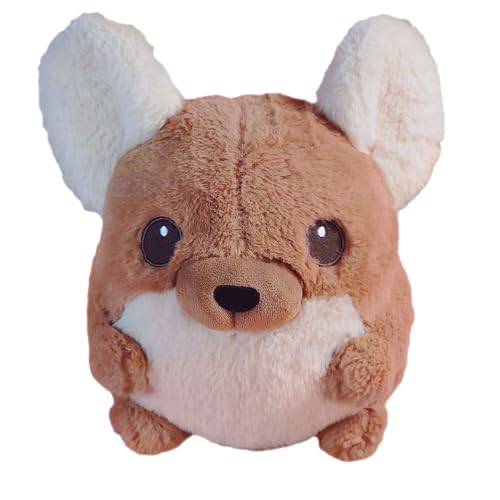chinsNdobermans
Humble Acres Chinchillas
In the short time I've been attending shows (3 years) I've seen plenty of "first only" etc. It'd be strange not to have a GSC, and I don't think it would happen, but it could.
Even though a lot of the bigger, award-winning breeders are getting out, many of the smaller breeders are stepping up and really trying to make awesome animals. It isn't all about breeding just to breed, although I'm sure those people exist. It is about breeding to better the chinchilla. Those of us who attend shows, who have show side-by-side with those big name breeders, we're learning what it takes to breed that GSC animal and striving to do so. I don't think the show standards will change, because we're striving toward the current ones.
We'll see though.
Even though a lot of the bigger, award-winning breeders are getting out, many of the smaller breeders are stepping up and really trying to make awesome animals. It isn't all about breeding just to breed, although I'm sure those people exist. It is about breeding to better the chinchilla. Those of us who attend shows, who have show side-by-side with those big name breeders, we're learning what it takes to breed that GSC animal and striving to do so. I don't think the show standards will change, because we're striving toward the current ones.
We'll see though.















![Evergreen Pet Supplies [16 Cups] Small Pets & Bunny Stacking Cups – for Rabbits & Chinchillas - Guinea Pig - Colorful Wheat Straw Rabbit - Graduated Sized Stackable for Rabbits](https://m.media-amazon.com/images/I/51v+rnxcu+L._SL500_.jpg)































